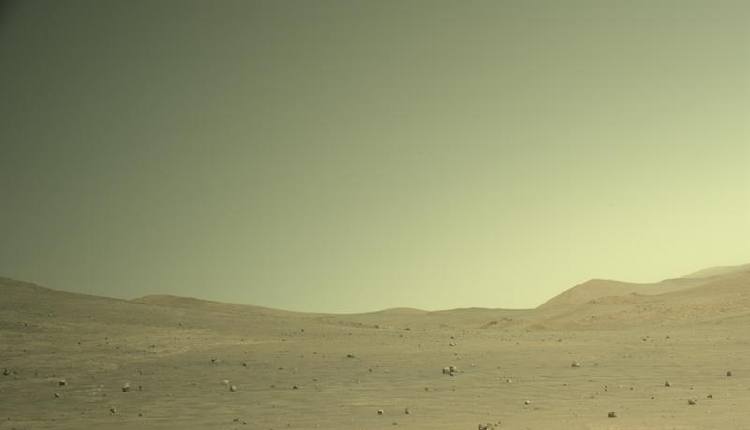New Delhi: A team of international researchers, led by those from the National Institute of Technology (NIT) Rourkela, has examined how spinning dust devils, powerful dust storms and widespread water ice clouds can influence the atmosphere on Mars.
NIT Rourkela researchers in collaboration with scientists from UAE University and Sun Yat-sen University in China examined information from over 20 years of data collected by multiple Mars missions, including India’s Mars Orbiter Mission (MoM).
Understanding these processes will also help in preparing for human exploration missions. Knowing how Martian weather works can help protect spacecraft, support future astronauts, and improve our understanding of whether Mars may once have supported life, said the researchers in the paper published in the prestigious journal New Astronomy Reviews.
“Advancing the weather prediction on Mars is not just a scientific pursuit, it is the cornerstone of ensuring that future missions can sustain there and realize the past and future habitability of the red planet,” said Prof. Jagabandhu Panda, Professor at the Department of Earth and Atmospheric Sciences, NIT Rourkela.
Mars, also known as the Red Planet, is home to some of the most dramatic weather systems in the solar system. The dust raised by local and regional storms can travel far and disturb wind patterns resulting in changes in temperatures, and in some cases, reshaping the Martian atmosphere in dramatic ways.
The study focused on three major elements of Martian weather: dust devils — small spinning columns of air that are common during the summer and more frequent in the northern hemisphere; large dust storms — driven by a loop in which sunlight heats the dust, and can grow to cover entire regions or even the whole planet; water-ice clouds — thin, wispy clouds made of frozen water particles.
Using imaging data from over 20 years, the researchers have traced how changing seasons on Mars evolve the dust and cloud formation and movement. These findings refine the human knowledge and understanding of Mars’ climate system and may be useful for predicting future weather on the planet.
As more missions head to the Red Planet, long-term studies like this one offer essential clues about its ever-changing skies.
“It would be great if ISRO could conduct more missions to Mars and invest more in the university system to carry out such research. It will help in advancing science and technology further,” Panda said.
(IANS)
















